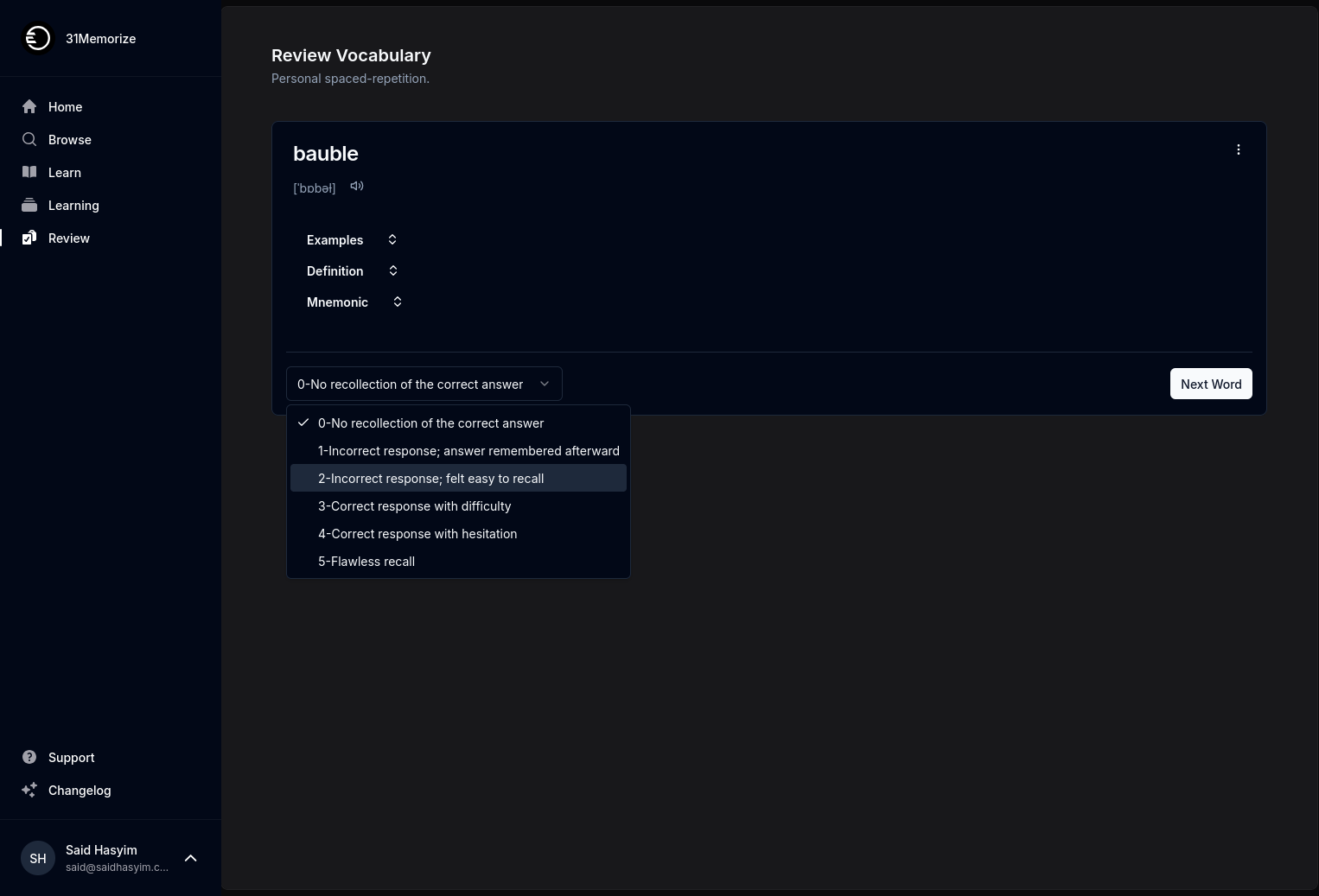Understanding the Metrics Behind Successful Books
In the ever-evolving landscape of publishing, understanding the metrics that define a successful book is essential for authors, publishers, and marketers. With the rise of digital literature, online sales, and social media influence, the ways we gauge a book's success have expanded significantly. This blog post will delve into the key metrics that can help you determine what makes a book successful and how you can use these metrics to your advantage.
What is a Successful Book?
Before we explore the metrics, it’s crucial to define what success means in the context of publishing. Typically, a successful book is one that achieves a significant level of popularity, sales, and reader engagement. However, success can be subjective and may vary depending on an author’s goals. For some, success may be selling thousands of copies, while for others, it may mean reaching a specific audience or generating critical acclaim.
Common Indicators of Book Success
Sales Figures: The most straightforward measure of a book’s success is its sales figures. These numbers can range from units sold to revenue generated.
Best Seller Lists: Many authors strive to make it onto best-seller lists, such as The New York Times or Amazon. A spot on these lists can significantly boost a book's visibility.
Reader Engagement: Metrics like reader reviews, ratings, and book club discussions indicate how well readers receive the book.
Social Media Mentions: The volume of social media chatter related to a book can be a robust indicator of its popularity and impact.
Awards and Recognition: Literature awards can lend credibility and visibility to a book, further marking its success.
Long-term Sales: Some books may have a long tail of sales, continuously attracting new readers well after their initial release.
Key Metrics to Analyze
Understanding the following metrics will help you gauge a book's success more precisely:
1. Sales Metrics
a. Total Sales
Total sales tell you how many copies have been sold since the book's release. This metric can be broken down by format (e.g., eBook, paperback, hardcover) for a more nuanced understanding of consumer preference.
b. Sales by Channel
Understanding where sales are happening—whether through online retailers, local bookstores, or direct sales at events—can influence marketing strategies.
c. Sales Momentum
Sales momentum looks at the pace of sales over time. A book that sells well initially, followed by a steep decline, may not have the same level of success as one that has steady sales over a prolonged period.
2. Conversion Rates
The conversion rate measures the percentage of people who purchase the book after engaging with promotional materials, such as ads or landing pages. Analyzing the effectiveness of various marketing efforts can help improve these rates.
3. Reader Engagement Metrics
a. Average Rating
Ratings on platforms like Goodreads and Amazon provide insight into reader satisfaction. A high average rating typically indicates a positive reception.
b. Review Counts
The number of reviews a book receives can correlate with its visibility; more reviews often result in better rankings on retail sites and increased credibility.
c. Reader Retention
If readers are buying subsequent books from the same author, it's a strong indicator of satisfaction and engagement. Tracking series sales can give insights into reader loyalty.
4. Social Media Metrics
a. Shares and Mentions
The number of times a book is shared or mentioned on social media platforms can show its reach and popularity. Tools like social listening can provide insights into sentiment and engagement.
b. Influencer Impact
Influencer recommendations can have a substantial effect on book sales. Tracking the impact of reviews and mentions by prominent figures in the literary community can help assess effectiveness.
5. Marketing Campaign Performance
Campaign performance metrics, such as click-through rates (CTR), can help authors and publishers understand which marketing strategies resonate with their audience.
Tools for Tracking Metrics
To effectively analyze these metrics, several tools can be utilized:
Sales Dashboards: Many publishers and authors use dashboards that aggregate sales data from various channels for easy analysis.
Social Media Analytics Tools: Tools like Hootsuite and Sprout Social help track social media engagement metrics.
Review Aggregators: Sites that compile reviews from various platforms can give insight into reader sentiment and trends.
Analytics Software: More advanced users may employ Google Analytics to track traffic related to their book's website or promotional pages.
Conclusion
Understanding the metrics behind successful books is essential for anyone involved in the literary world. By analyzing sales figures, reader engagement, social media influence, and marketing effectiveness, authors and publishers can create informed strategies to promote their work. While there is no universal formula for success, leveraging these metrics can significantly enhance the chances of achieving it. Whether you’re a seasoned writer or just starting, keeping these metrics in mind can serve as a guiding light on your journey in the literary landscape.
